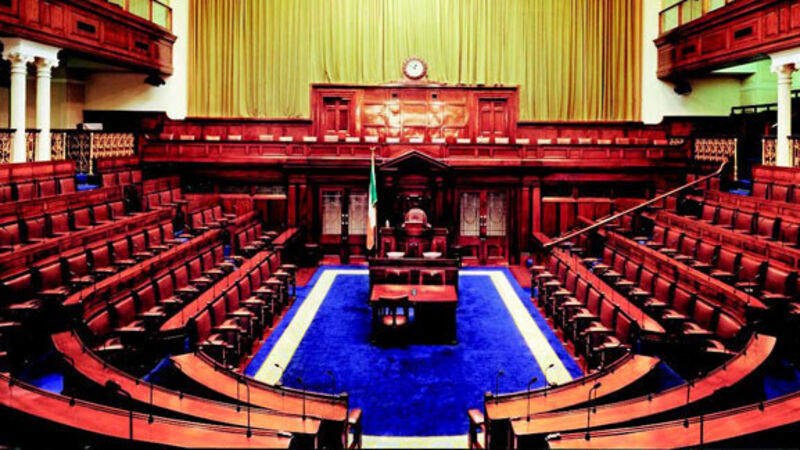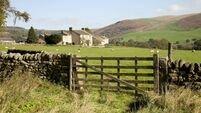What happens on Thursday when the 32nd Dáil convenes?

Before that can commence, the clerk of the Dáil, Peter Finnegan, will read the names of every elected TD into the record of the Dáil, on a constituency by constituency basis.
The first item on the agenda will be the election of the ceann comhairle, or chairman of the Dáil.













